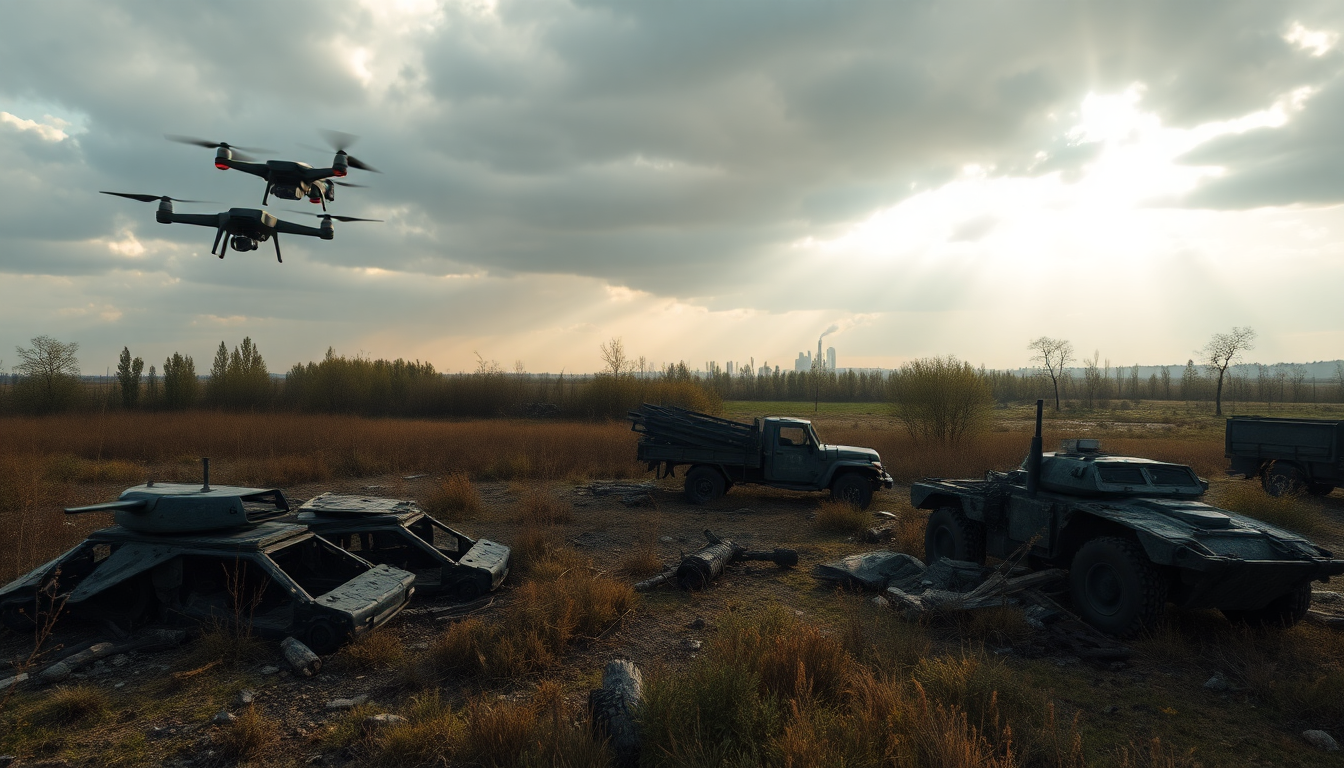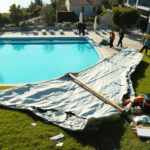Table of Contents
As the conflict between Russia and Ukraine unfolds, the events of day 1,240 provide a crucial glimpse into the current situation. With military operations ramping up and political dynamics shifting, it’s more important than ever to stay informed about what’s happening on the ground.
In this article, we’ll explore the key highlights from July 18, focusing on the ongoing military actions and diplomatic efforts that are shaping the future of the region.
Military Actions and Drone Warfare
On July 18, we witnessed a significant moment when Russian air defenses intercepted a Ukrainian drone that was targeting Moscow, as reported by the city’s mayor, Sergei Sobyanin.
This incident reveals the constant threat posed by aerial assaults in this conflict. The Russian Defense Ministry reported a staggering total of 46 Ukrainian drones were shot down in just four hours the night before, signaling a notable increase in military activity.
While most of these drones were neutralized near the Ukrainian border, the interception over Moscow raises serious concerns about the vulnerability of major urban centers.
Breaking it down further, 31 drones were taken down over Russia’s Bryansk region, and another 10 were intercepted in the Crimean Peninsula, which has been under Russian control since 2014.
This pattern of drone warfare not only represents a tactical move but also serves as a psychological tactic, sending a clear message that no area is out of reach for either side. Isn’t it fascinating how technology shapes modern warfare?
Diplomatic Developments and Strategic Partnerships
In another noteworthy turn of events, Ukrainian President Volodymyr Zelenskyy announced potential negotiations with the United States to acquire battlefield-tested drones. This proposed deal could see Ukraine purchasing advanced drones from the US, highlighting a strategic partnership intended to enhance Ukraine’s military capabilities.
It’s a reminder of how international alliances are evolving in response to the ongoing crisis.
Additionally, the US has signaled that delivery of Patriot air defense systems to Switzerland may be delayed, with a shift in focus to prioritize Ukraine instead. This adjustment illustrates the urgency of international support for Ukraine as the conflict continues to escalate.
Political Maneuvering and Future Implications
The political landscape in Eastern Europe is also undergoing significant shifts. Slovakia’s Prime Minister, Robert Fico, announced that the country would stop blocking the approval of the 18th package of European Union sanctions against Russia. This decision could open the door for stronger measures against the Kremlin, showcasing a united front among European nations tackling Russian aggression.
Moreover, Ukraine’s parliament has appointed Yulia Svyrydenko as the new Prime Minister, marking a significant change after five years of leadership under her predecessor. This cabinet reshuffle aims to breathe new life into wartime management strategies, especially as hopes for peace negotiations with Russia seem to dwindle. The appointment of former Prime Minister Denys Shmyhal as defense minister further reinforces Ukraine’s commitment to bolstering its military leadership at this critical time.
Conclusion and Outlook
The developments of July 18 shine a light on the dynamic and complex nature of the Russia-Ukraine conflict. As military engagements grow more intense and political strategies continue to evolve, the situation remains fluid, with potential consequences for regional stability and international relations. With so much at stake, it’s essential for observers and stakeholders to stay alert, as the decisions made now could shape the geopolitical landscape for years to come. What do you think lies ahead for both nations?





